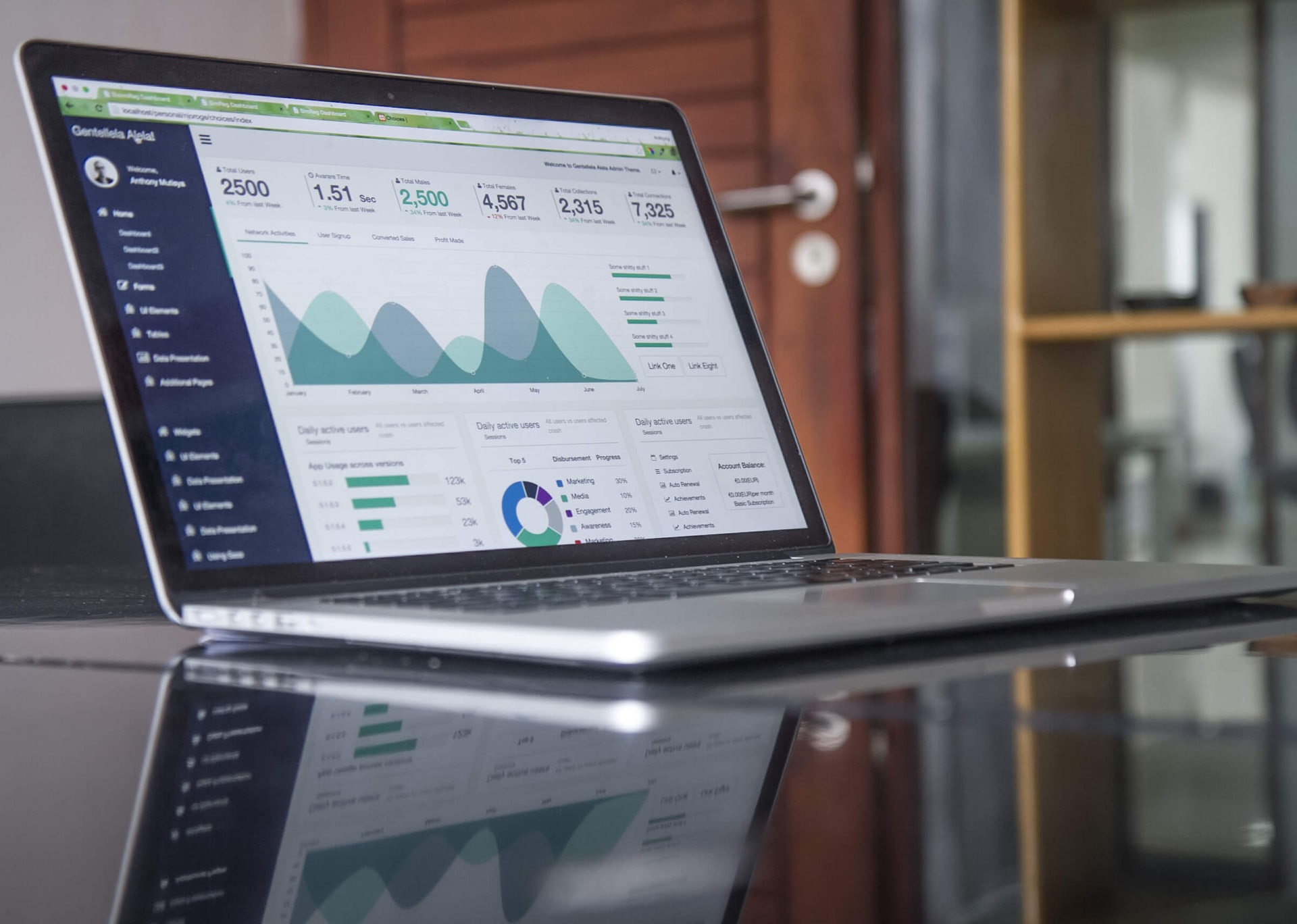In the effective management of the company, it is crucial to constantly monitor the progress towards achieving the assumed goal. Key performance indicators, i.e. KPIs, are used to measure the results. How to choose them? Which indicators are most often used in companies? Here are some KPI examples.
What are KPIs?
KPIs (Key Performance Indicators), ie key performance indicators, determine the effectiveness of the activities carried out. In other words, they check whether the company is making progress or standing still. They can relate to various areas of the company's operation and are always expressed in numbers.
Do you want to know the effects of your marketing and PR activities?
Cooperation with us is based on measurable indicators.
Pros of having a KPI
KPI is undoubtedly one of the most important tools used in strategic management organization. Key performance indicators facilitate the acquisition and analysis of valuable information and allow you to make the right decisions, key to business development at every level.
KPIs provide feedback on all activities undertaken in the company. Thanks to this, the company can focus on what is most important, properly modify its strategies and thus achieve the set goals.
KPIs will only fulfill their functions if they are properly selected. What to pay attention to when choosing them? What do KPI examples tell us?
How to choose a KPI?
KPIs must be:
- transparent,
- simple,
- important,
- current,
- based on specific structures,
- adjusted to the company's strategy,
- supervised.

KPIs must perfectly reflect the idea and nature of all processes taking place in the company. They must work perfectly with them. The selection of KPIs is an individual matter. In the first place, logical and measurable strategic goals of the company should be set. Each department should be assigned key indicators, but remember not to include too many of them.
KPI - general examples
KPIs is used to measure difficult-to-measure activities, such as employee satisfaction, the effectiveness of specific marketing activities, or the benefits of leadership in the company.
Examples of generic KPIs used across industries include:
- number of clients acquired in a given year,
- the number of complaints compared to the number of products sold,
- average purchase value: total sales income for the day / month divided by the number of sales.
Each area of activity has its own performance indicators, adjusted to its specificity, form and activities. What examples of KPIs will we distinguish in marketing? What in e-commerce? What about logistics?
KPI - examples depending on the area of activity
One of the most important departments in the company is marketing. Properly conducted marketing activities facilitate the acquisition of new customers and thus allow the company to achieve the set business goals. Among the most commonly used marketing indicators we will distinguish:
- the number of subscriptions to the newsletter,
- the number of completed contact forms,
- average cost of obtaining a lead from a website,
- the number of unsubscribes from the newsletter,
- increase in the number of followers on social media.
The second important area of operation of almost every enterprise is sales. In sales, among others, duration of the sales process, average transaction value, number of new customers, time from the first contact to the purchase decision, or the value of complementary sales (i.e. additional products sold together with the main product). The sales department is e-commerce, i.e. internet sales.
Examples of KPIs in e-commerce are:
- number of page views per session,
- conversion rate,
- bounce rate,
- the number of unique users of the website.

As part of the strategic management of the company, all processes related to production logistics and goods storage should also be monitored. The entrepreneur should primarily focus on the indicators of the goods turnover in the warehouse, the average cost of shipping the goods and the value of the goods in the warehouse. KPIs regarding the number of orders in progress, the share of deliveries to the customer exceeding the declared date, as well as the average time of order fulfillment, i.e. from the payment to the shipment of goods from the warehouse, are also important.
Logical and effective financial management uses, inter alia, EBITDA, i.e. the company's operating profit before deducting all interest on financial liabilities, taxes and other, as well as ROE showing the profitability of equity. Examples of KPIs in projects are project profit, working time efficiency and project implementation time. On the other hand, in the case of investments, the rate of return on investment, NPV (net present value) and the period of return on investment are examined.
KPIs will show you whether your daily work is actually bringing the expected results. The information you manage to obtain will make it easier for you to run an effective business. Using KPIs is your chance for market success!

